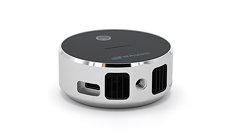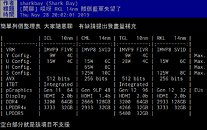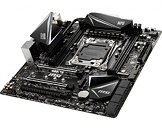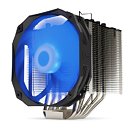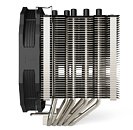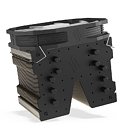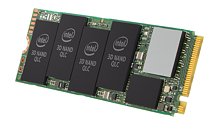
Intel Hires Former AMD GPU Silicon Executive
Intel's latest talent acquisition from rival AMD, as it builds a GPU product lineup, is Masooma Bhaiwala. "After 15+ amazing years at AMD, I have decided to take on a different opportunity... It was a truly fun ride, with an incredible team, during which we built some truly cool chips," she wrote in a LinkedIn post. According to her profile, Bhaiwala takes the role of Vice President, discrete GPU SoCs, and works under Intel's Graphics and Throughput Computing Hardware Engineering group headed by Raja Koduri.
Koduri's team has been a glassdoor for former AMD executives and tech-leads. While it has hired engineering talent such as Balaji Kanigicherla, Kalyan Thumaty and Joseph Facca; it has simultaneously lost client-graphics marketing talent, with the likes of Chris Hook, Heather Lennon, and Jon Carvill waltzing out of the company in less than a year of their association. Besides Koduri's Intel's most priced tech talent acquisition is Jim Keller, who is working on a future high-IPC CPU core design for the company. While working for AMD, Keller's "Zen" microarchitecture coupled with CEO Lisa Su's leadership have scripted one of the biggest turnarounds in Silicon Valley.
Koduri's team has been a glassdoor for former AMD executives and tech-leads. While it has hired engineering talent such as Balaji Kanigicherla, Kalyan Thumaty and Joseph Facca; it has simultaneously lost client-graphics marketing talent, with the likes of Chris Hook, Heather Lennon, and Jon Carvill waltzing out of the company in less than a year of their association. Besides Koduri's Intel's most priced tech talent acquisition is Jim Keller, who is working on a future high-IPC CPU core design for the company. While working for AMD, Keller's "Zen" microarchitecture coupled with CEO Lisa Su's leadership have scripted one of the biggest turnarounds in Silicon Valley.










